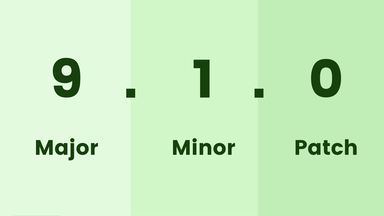Versioning with SWUpdate TLDR; It is now possible to let SWUpdate manage the sw-versions file entirely thanks to the --gen--swversions feature I've been working on.
SWUpdate SWUpdate [1] is a project I've been using for a very long time for updating firmware on embedded systems.
The update service is a critical part of any embedded system, so having a well-tested, flexible, competent and ready-to-use solution is so much worth. Too many times I've seen custom made update services that contain bugs, is not flexible enough or using slots for whatever software that could be updated.

